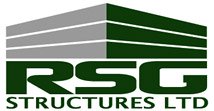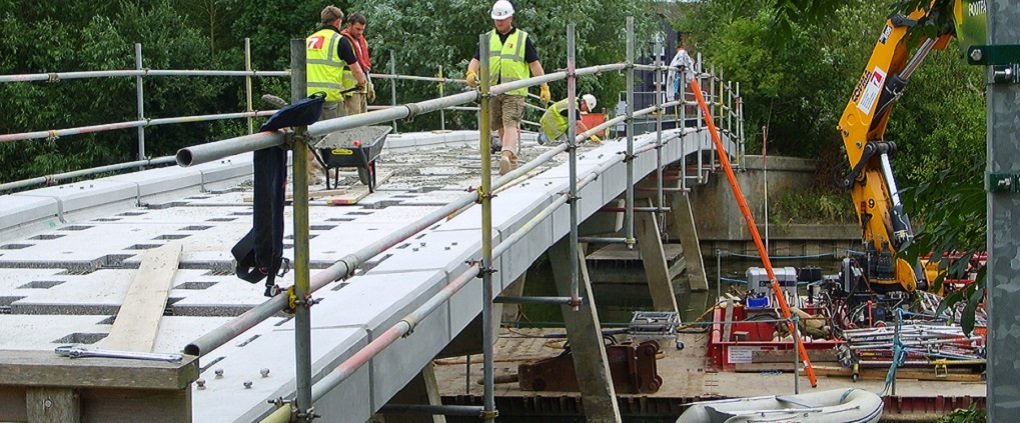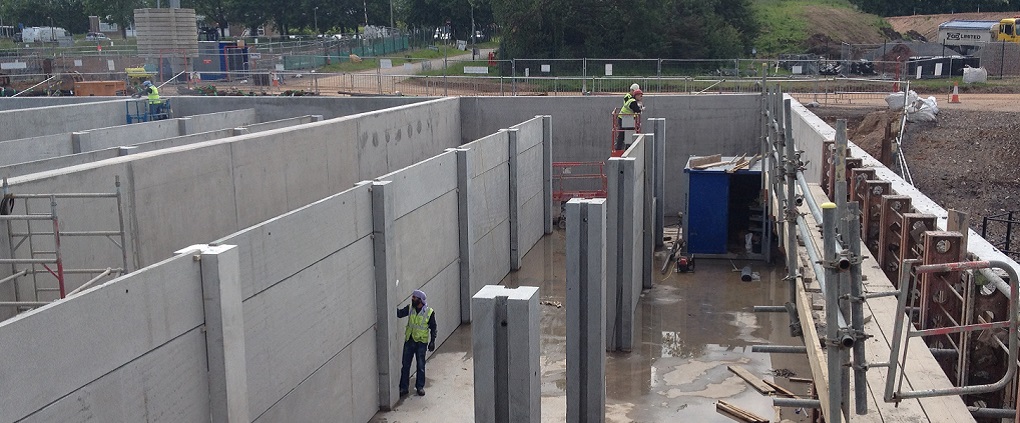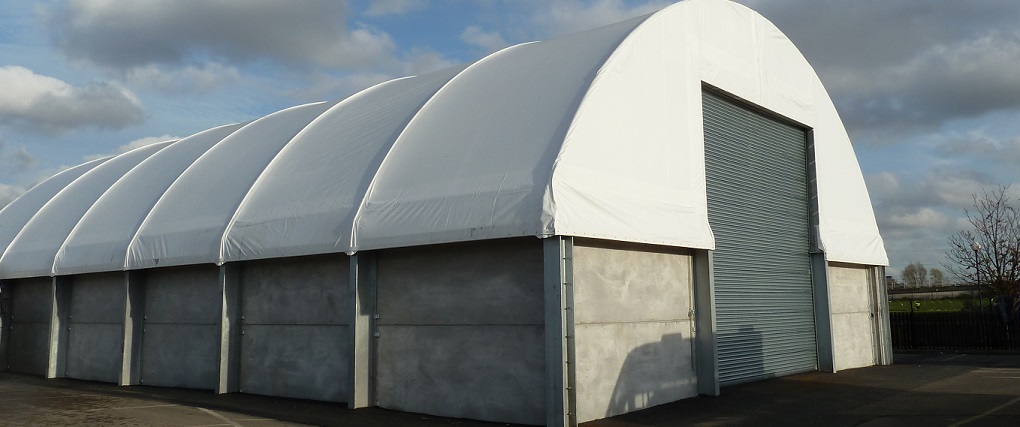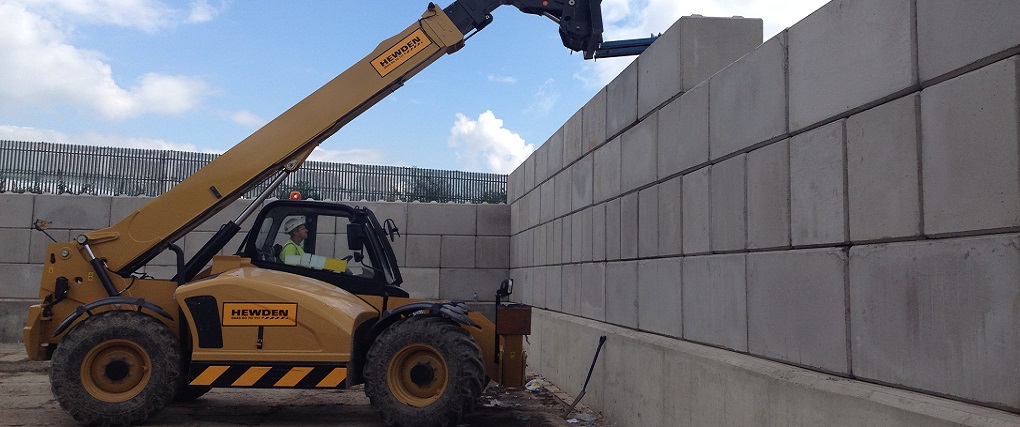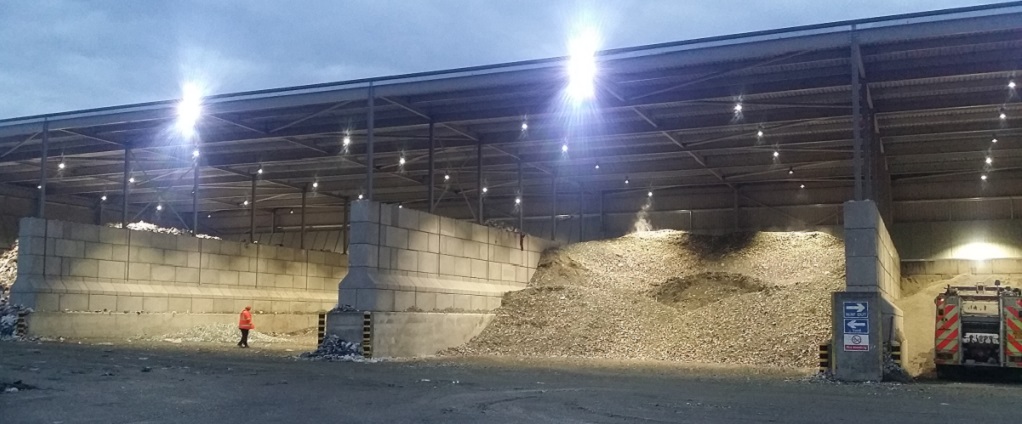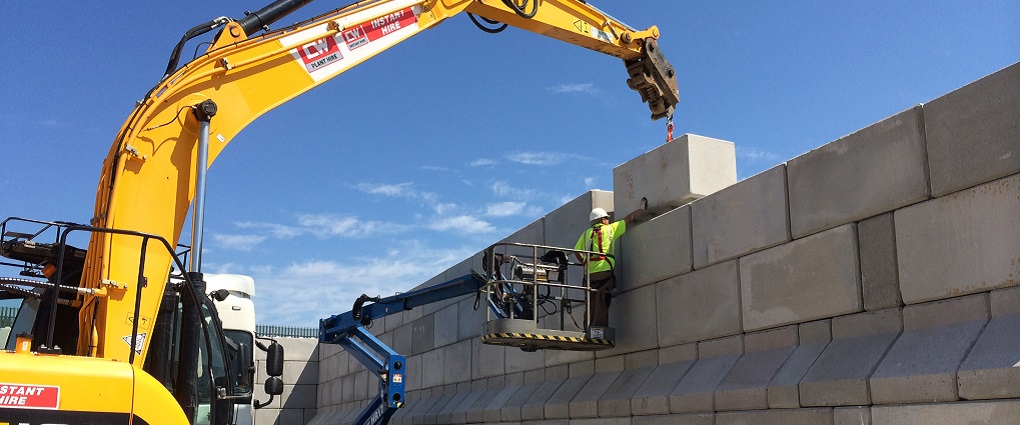The use of tensioned membrane buildings in the water industry is spreading and they have two main uses.
First they are used in water treatment plants to prevent the contamination of clean water from outside sources. And secondly, they are used to protect lagoons in the waste water treatment process from excessive rainfall which can lead to spillages and interfere with treatment processes. And they can also be used to contain noxious odours.
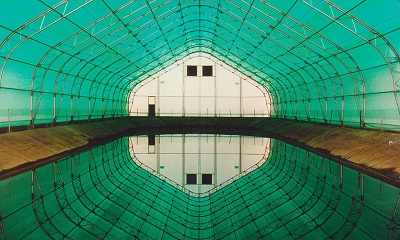 Tensioned membrane buildings are a popular choice because they provide a cost-effective solution to the industry’s needs. Not only are the materials cheap but they are easy to transport to sites and very quick to construct, so reducing costs further.
Tensioned membrane buildings are a popular choice because they provide a cost-effective solution to the industry’s needs. Not only are the materials cheap but they are easy to transport to sites and very quick to construct, so reducing costs further.
And in addition, they are strong, durable and require very little maintenance, so reducing on-going costs.
The design of tensioned membrane buildings in the water industry is straightforward. The membrane itself is supported by galvanised steel roof trusses and these are usually embedded in concrete foundations, with the membrane starting at ground level. Alternatively they can be attached to a small concrete wall if necessary.
At RSG, we are totally independent of all our suppliers and so provide water treatment plants with totally impartial advice on both materials and design based on our experience and know-how and their specific needs.
And although we can just supply all the materials required for their project, we offer a full construction package, including design, sourcing of materials, any groundwork and the final construction.
This way, RSG becomes the sole point of contact for customers to make the whole process more efficient. And it leaves us free to get on and do what we do best which is managing concrete and tensioned membrane construction projects.
